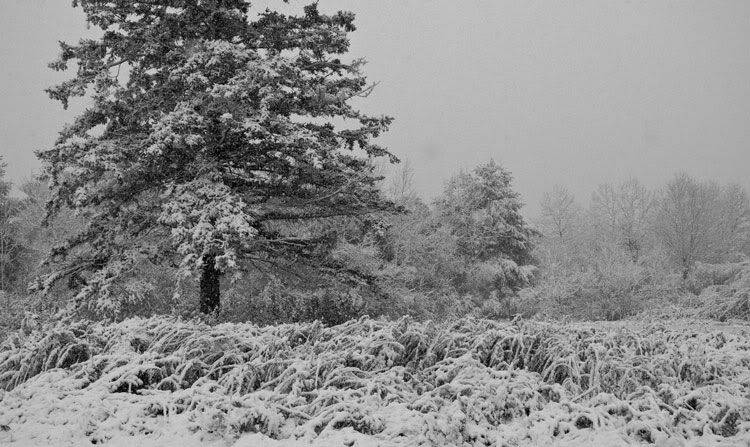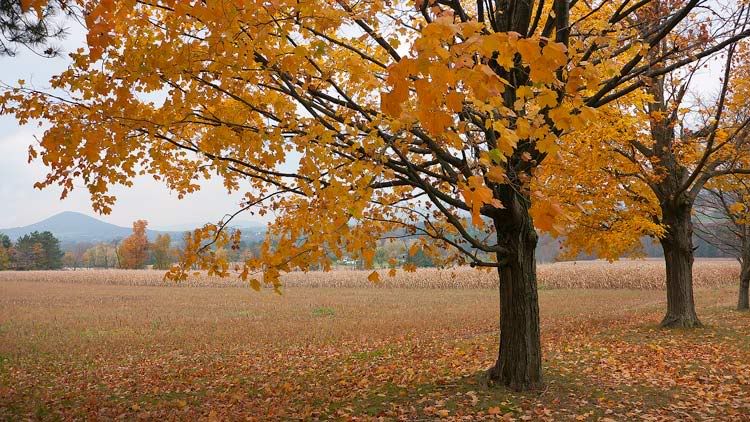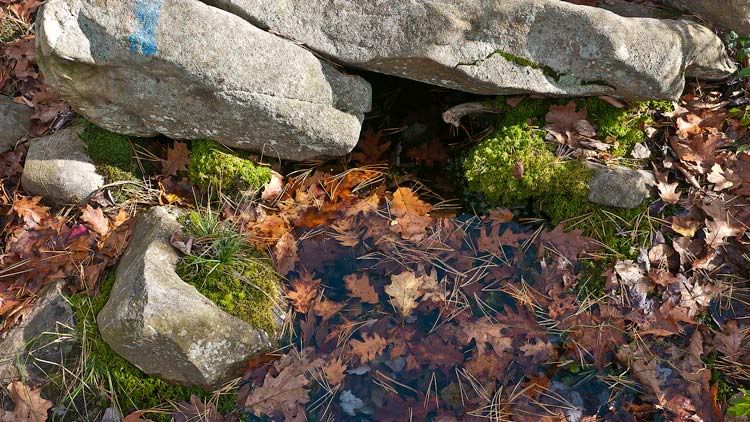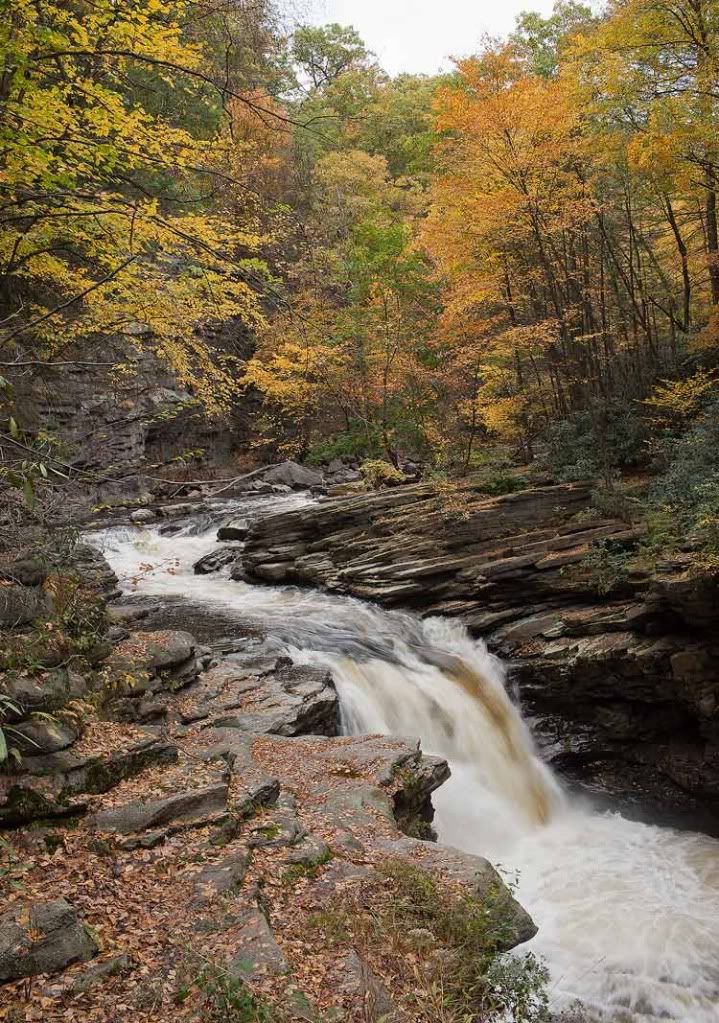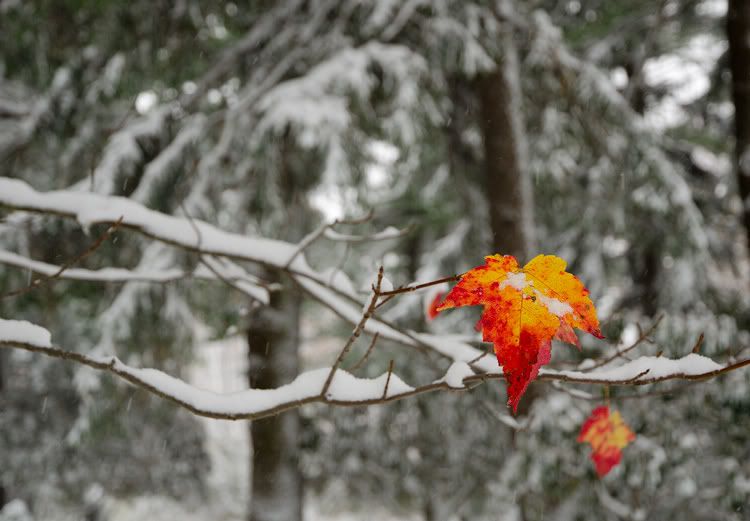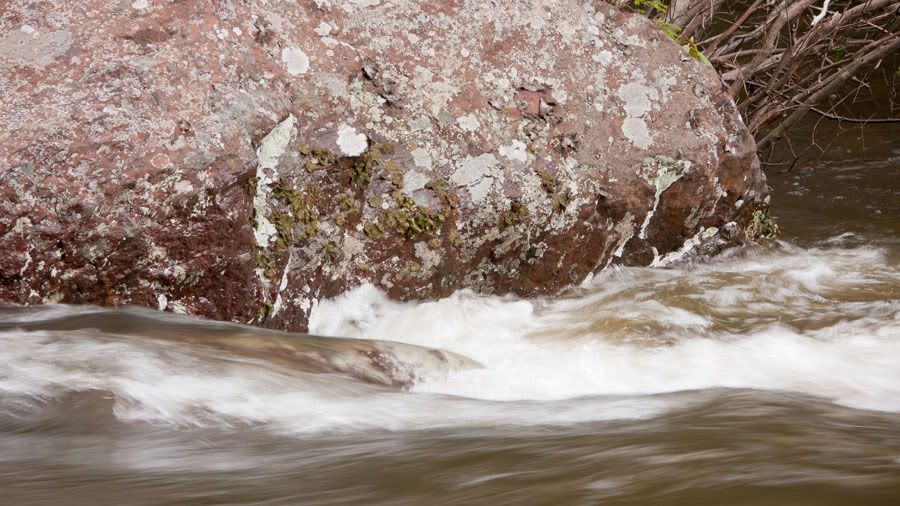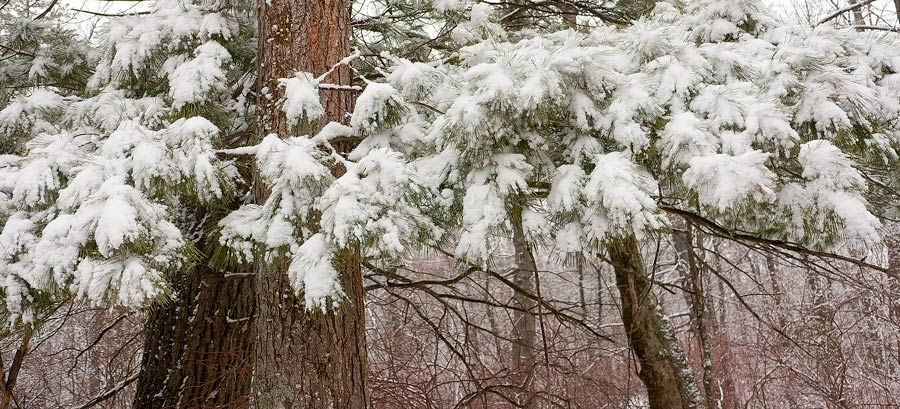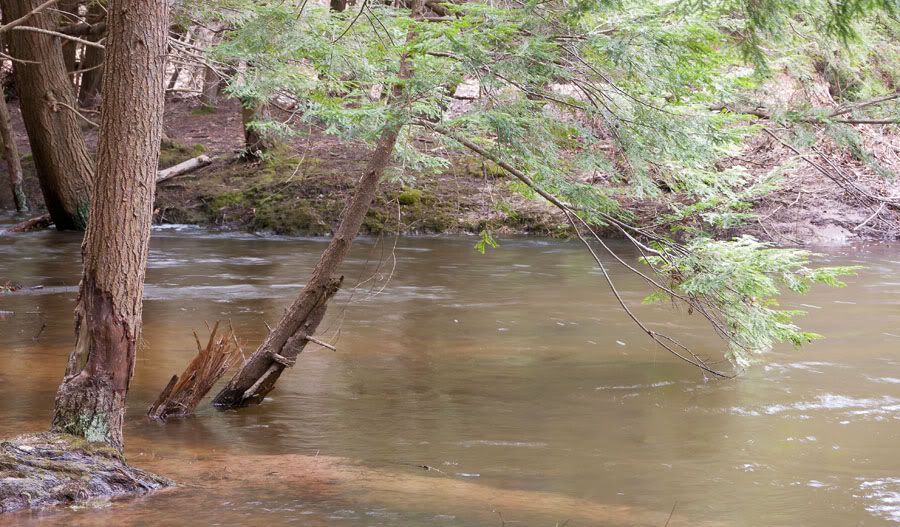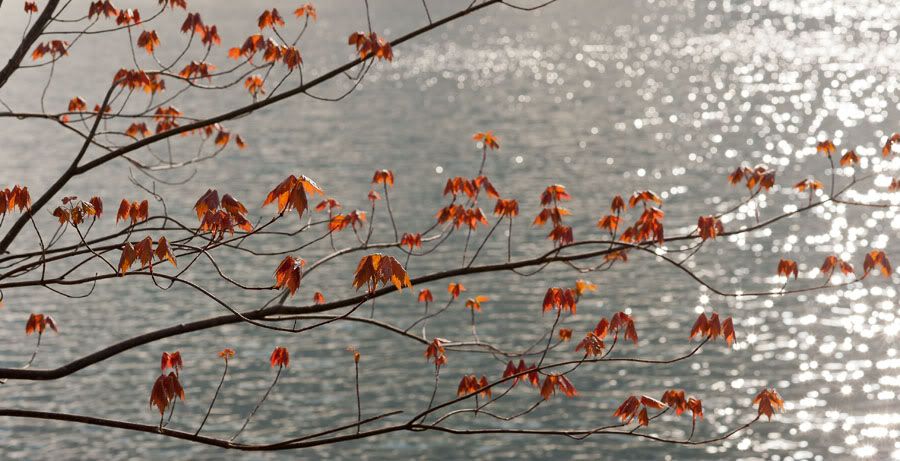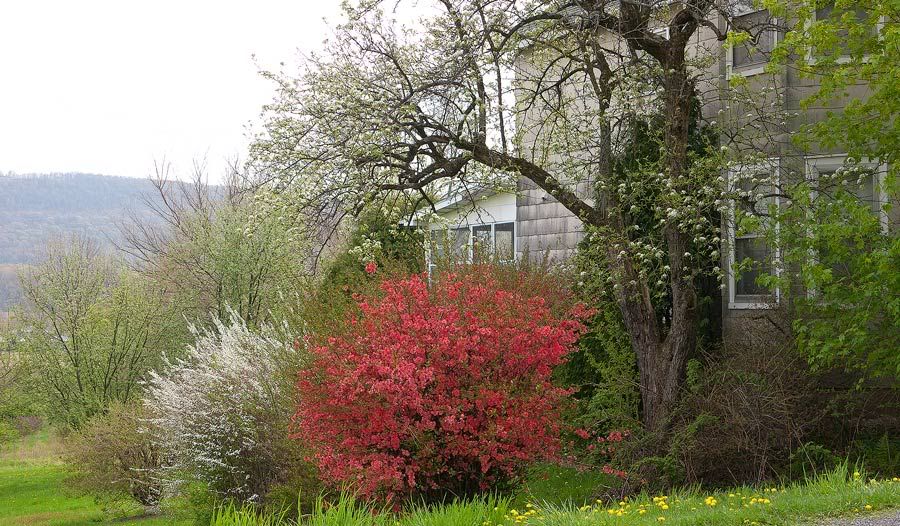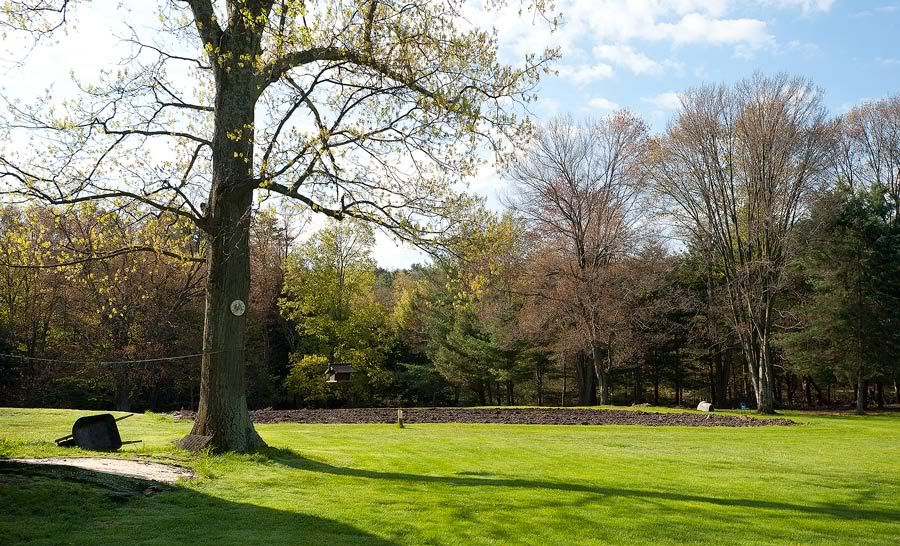
Scene at Wyoming Seminary (Panasonic LX-3)
Even if you have a couple of digital SLRs, there is always a need for a small but capable camera; one that can be carried with you for unexpected photographic opportunities that crop up when you least expect it.
In the beginning of the digital photography era, digital cameras tended to be compact and fairly expensive, and aimed at photo enthusiasts. Though there were simple point-and –shoot models, there was a good selection of robustly built cameras with full controls and features such as the Nikon Coolpix 990 that I purchased in 2000 for around $900.00. The 990 was made of magnesium, and had controls and features not dissimilar to serious bodies like the F100 pro SLR. It had an unusual twisting body, a fine Nikkor lens with a modest zoom range, and features such as threads for filters. At three megapixels, it had resolution equal or superior to the hyper-expensive DSLRs of the time. To a person familiar with more serious Nikons, the 990 had obvious kinship, and was easy to pick up and use. Ditto the Canon G series (there is still a G 11 avaialble) and the Olympus C series (I owned a C-5050), which were serious compacts available for the users of their film SLRs. All these cameras had relatively large 1 1/8 inch imagers with around 3 million large pixels.
Now before I get too nostalgic, let me say, that these imagers were useful only for relatively small prints, and had very limited low light capabilities. The bodies however were serious, as rugged and controllable enough for pro use. I saw a lot of photojournalists with Nikon F-5s in hand, but a 990 in their bag.
Serious compact cameras continued to evolve and improve though 2004, but a year earlier, Canon dropped a bomb, a budget digital SLR with an APC sized imager which was far larger than even the 2/3 inch imagers of the best compacts of the time. At about the same money as a Nikon 990, it was hugely more capable with fast autofocus, interchangeable lenses, six megapixels, and wonderful (for the time) high ISO capabilities. It sold like hotcakes. It was followed in 2004 by the even more capable Nikon D-70 with more performance, and a better standard lens. Suddenly, everyone wanted a DSLR. The market for the serious compact dried up and the genre disappeared.
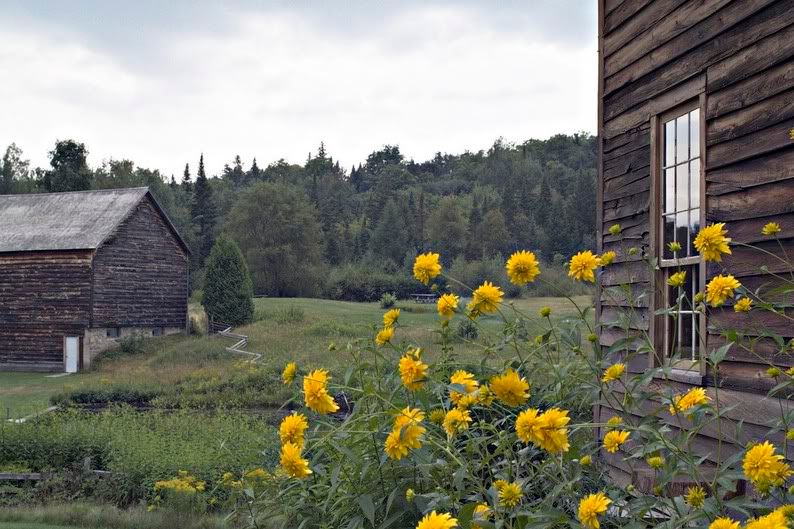
Flowers at John Brown's Farm (Olympus C 5050)
In the years since, serious amateurs gravitated to interchangeable lens SLRs. More casual photographers were offered a selection of products designed it seemed, by marketing departments with two main attributes: more megapixels, and more zoom capability.
This has resulted in offerings with tiny imagers sporting as much 14 megapixels with 400mm equivalent zoom lenses in plastic bodies the size of an Altoids box, for 3-400 bucks. Serious shooters understand that to be sold at that price point, imagers and lenses with such accelerated specs are unlikely to perform well.
An exception to this was the Fuji F series cameras which sported fine lenses, metal bodies and a unique large 6 MP sensor with unprecedented low light capabilities for small cameras. Still, they were compacts, with limited controls, limited to capturing only compressed jpgs… albeit high quality jpgs.

The Oar (Fujifilm F-30)
I used the F series for several years and captured a lot of images with them. The high quality of the lens and sensor was far more capable, than higher MP compacts. I still keep one in my pocket when needed.
Enter Panasonic. In 2008 they introduced the third of their LX series, logically called the LX 3, and serious shooters took notice. Finally, here was a pocket sized camera clearly designed for the serious amateurs and pros.
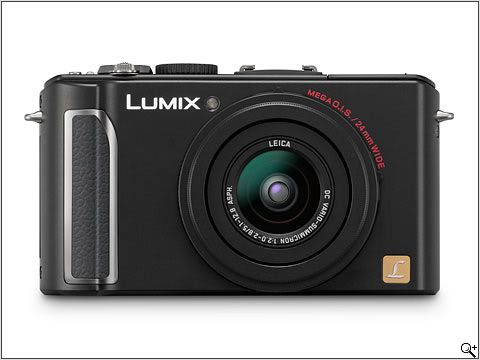
LX 3 ( Image by Panasonic)
The LX 3 has several significant advantages over the Fujis. First, it shoots raw format, essentially allowing access to the unmodified data directly from the imager, without any input from the cameras processor. Raw files are unlike jpg files, where things like sharpness, white balance and contrast are “baked in” to the file and are more difficult to modify without image degradation. When I can, I shoot raw files exclusively.
The LX3 has a very rugged metal body, with a flash shoe compatible with my diminutive Olympus FL-30 flash. For an indoor event, I can stow each in a suit coat pocket, and shoot excellent quality flash images without the burden of a camera bag.
Panasonic reversed the trends of compact cameras in two ways. First, they increased the imager size, but reduced the official pixel count to a reasonable 10 MP. For high ISO shooting, it runs neck and neck with my Fuji F-31, which is still an industry standard.

Quiet Night at the East Side Inn ( Panasonic LX-3)
The imager is actually larger than 10 mp. It allows the user to choose three aspect ratios, from a widescreen 16:9 to a square-ish 4:3 with out losing much in the way of pixels, and thus resolution.
Panasonic also used extraordinarily good judgment with the lens choice, specifying a fast f 2.0, 24-60mm equivalent imaged-stabilized Leica Summicron lens. To my eye, the lens is optically excellent, though issues of distortion are corrected digitally.
It also can capture 1280×720 HD video.
There is a large high resolution LCD on the back. Controls are cleverly designed to allow a shocking amount of manual control for a compact. Like the Lumix G series I have written about elsewhere here, there is a real time on-screen histogram, which is very helpful to judge exposure prior to tripping the shutter.
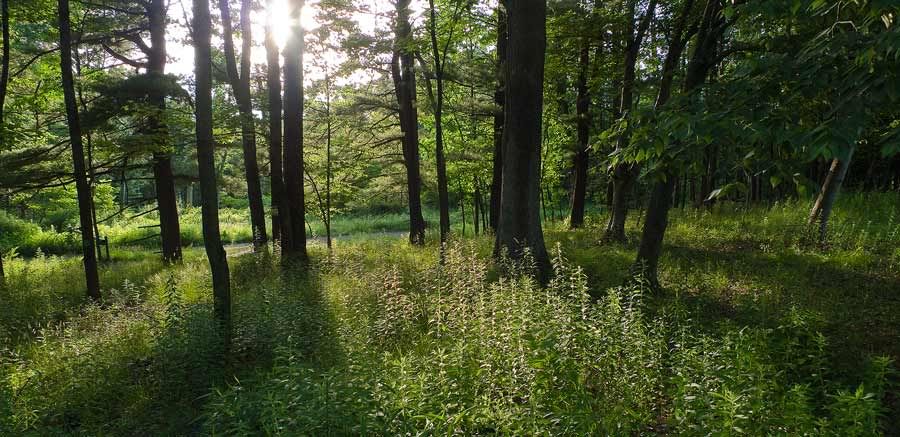
Summer Night along Lake Road (Panasonic LX-3)
One downfall is the lack of a viewfinder, unfortunately pro forma for compact cameras these days. Panasonic mitigates this somewhat with a simple optical viewfinder, offered as an accessory, which slides into the flash shoe. It is locked into the 24mm focal length but allows you to aim the camera, stabilized properly against your face. It works, but to use it at longer focal lengths, it takes some getting used to.
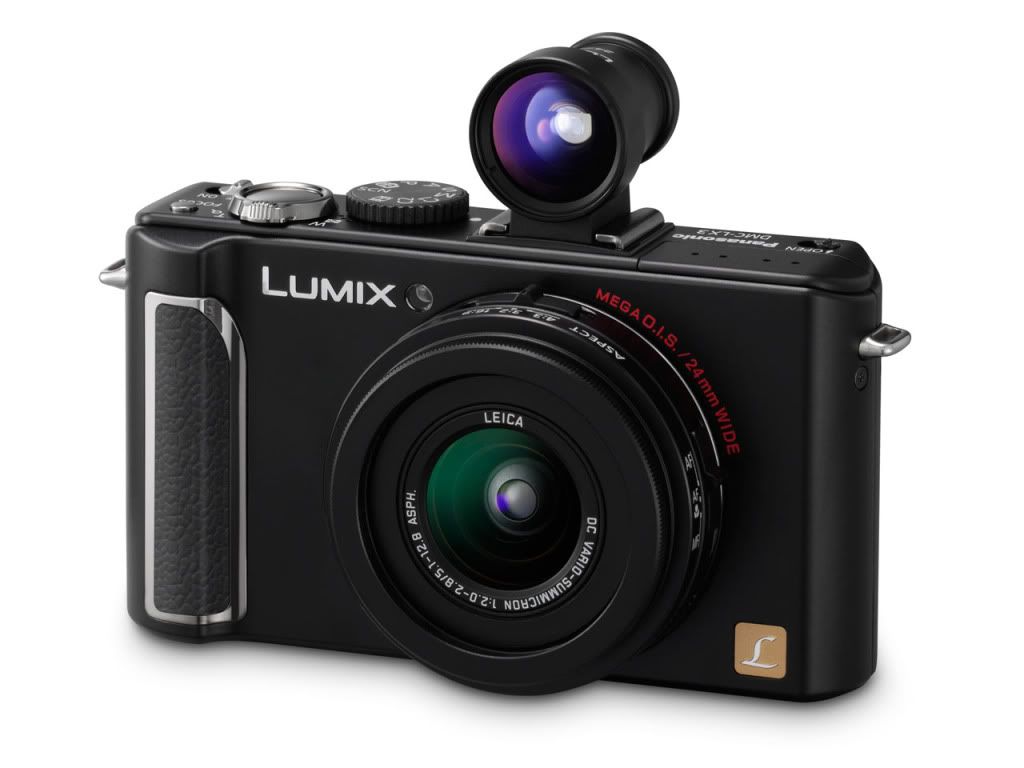
Optical Viewfinder (image by Panasonic)
Now I must say, that compared to the velvety smooth images produced by larger sensor cameras, particularly my D-700, the Panasonic imager is relatively noisy, even at ISO 100. SLRs tend to spoil you for smaller imagers. Small cameras are not the best choice for landscape work. Still and all, in the hands of a clever photographer who understands its capabilities, features, and limitations, it can create wonderful images where other compacts would fail.
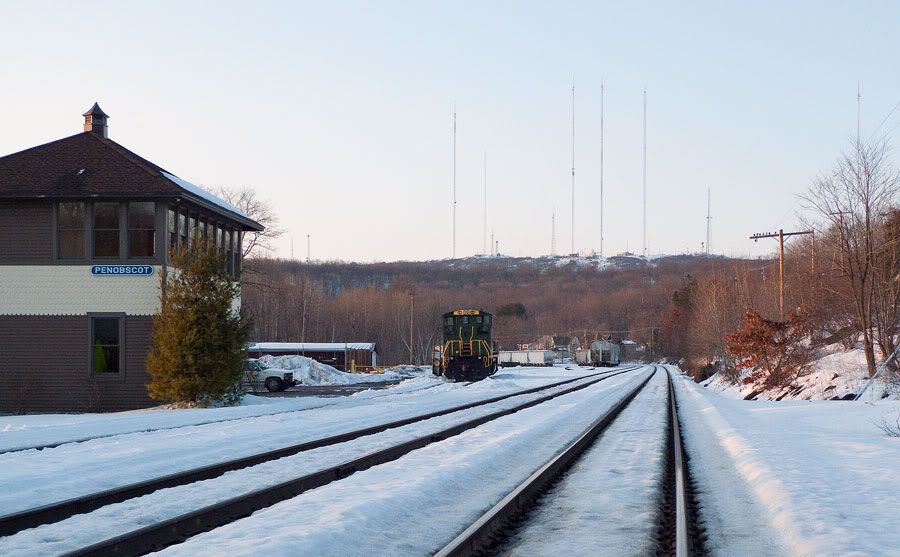
Rail yard at Penobscot (Panasonic LX-3)
On the Panasonic internet forums, there is a lot of speculation on the LX3’s successor. I for one could care less.
If you can’t take good images with this camera, it’s not Panasonic’s fault.
9/28 11 Read my review of Panasonic’s update, the LX 5, here.
